Researchers from Aarhus University and the Smithsonian Tropical Research Institute (STRI) have discovered that fringe-lipped bats (Trachops cirrhosus) in Panama's forests employ a hunting strategy similar to that of lions, but with greater efficiency. The study, published in a recent scientific report, revealed that these small bats use a "hang-and-wait" approach to capture large, energy-rich prey, such as frogs and insects, with remarkable accuracy.
According to the research, the bats spend most of their time conserving energy, waiting for the perfect moment to strike, and then pouncing on their prey with deadly precision. The study found that the fringe-lipped bats have a success rate of around 50%, outperforming even apex predators like lions and polar bears. Lead researcher Dr. Maria Rodriguez from Aarhus University stated, "We were amazed to find that these tiny bats can rival the hunting efficiency of such formidable predators. Their ability to conserve energy and strike with precision is truly remarkable."
The researchers used high-tech biologging equipment to track the bats' movements and hunting behavior in their natural environment. The study involved fitting 20 individual fringe-lipped bats with tiny GPS devices and accelerometers, which allowed the researchers to monitor their activity patterns and hunting success. The data collected from these devices revealed that the bats' hunting strategy is highly effective, with older bats becoming even more efficient with experience.
Fringe-lipped bats are native to the tropical forests of Panama, where they play a crucial role in controlling insect and frog populations. The researchers believe that the bats' hunting strategy is an adaptation to their environment, where energy-rich prey is abundant but competition for resources is high. Dr. John Taylor from the Smithsonian Tropical Research Institute noted, "The fringe-lipped bats' ability to conserve energy and strike with precision is a testament to their remarkable adaptability and resilience in the face of environmental challenges."
The findings of this study have significant implications for our understanding of animal behavior and ecology. The researchers' use of high-tech biologging equipment has opened up new avenues for studying animal behavior in their natural environment, providing valuable insights into the complex interactions between predators and prey. As Dr. Rodriguez pointed out, "This study highlights the importance of continued research into the natural world, where we can still discover new and fascinating behaviors that challenge our understanding of the natural world."
The study's findings are currently being reviewed by the scientific community, and further research is planned to explore the implications of the fringe-lipped bats' hunting strategy for conservation and wildlife management. As the researchers continue to study these remarkable animals, they hope to gain a deeper understanding of the complex relationships between predators and prey in the natural world.












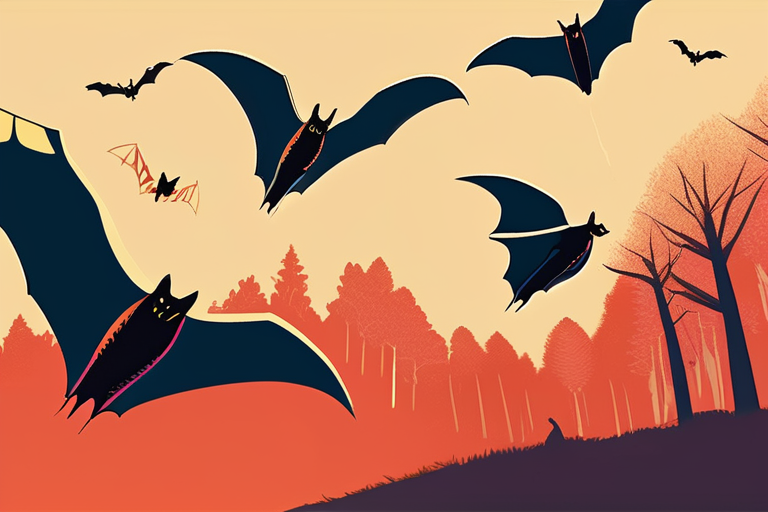





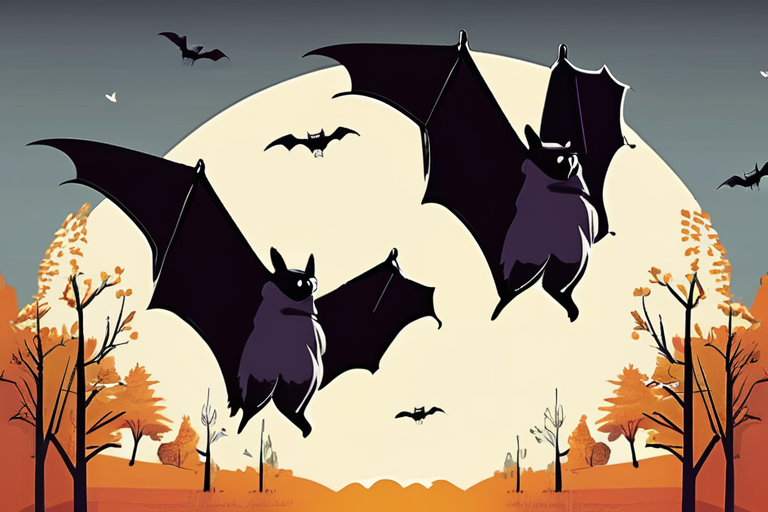
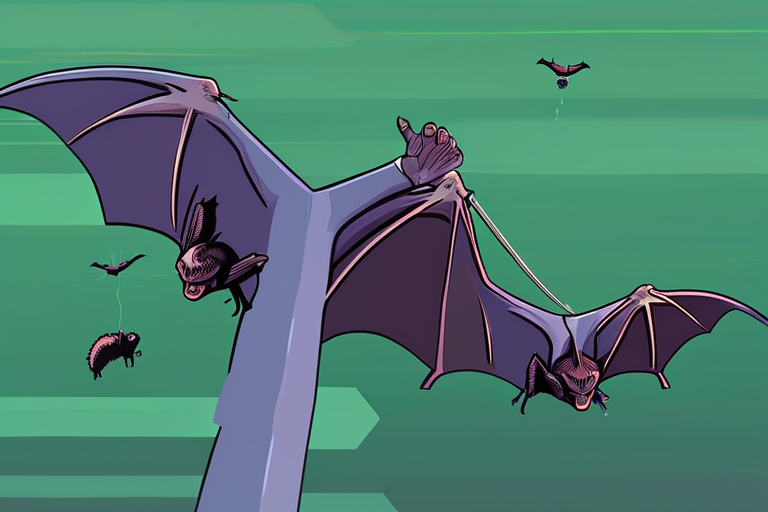




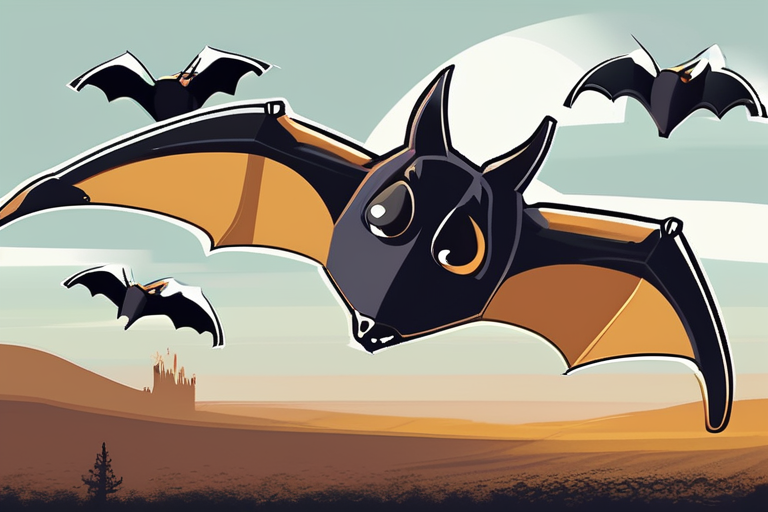

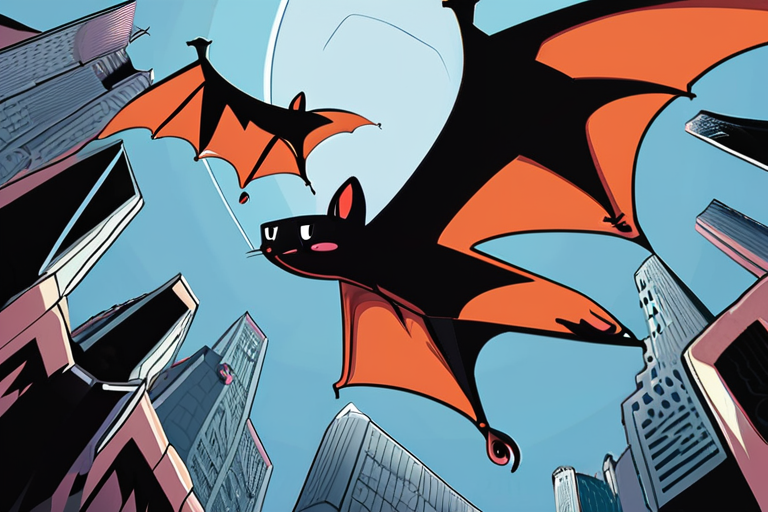
Share & Engage Share
Share this article